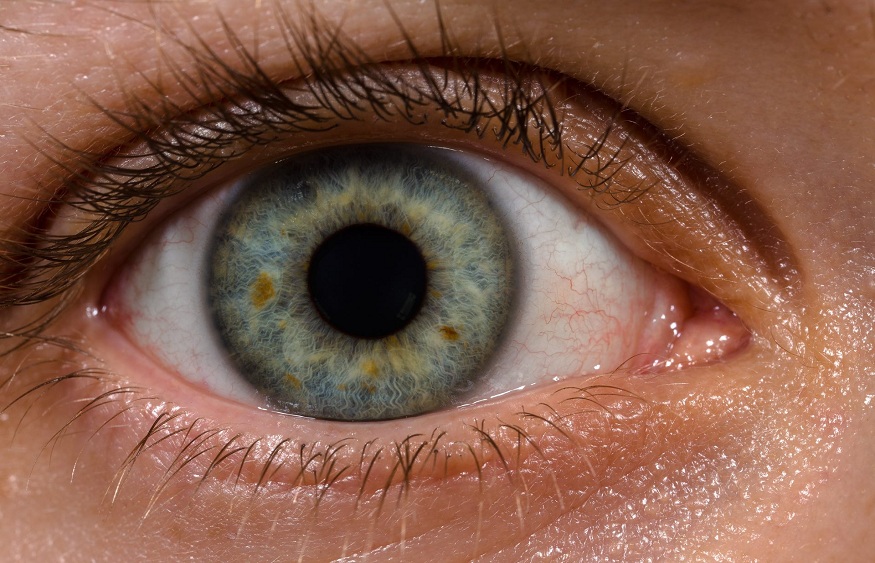Pupil dilation, a nuanced yet crucial physiological phenomenon, reveals more than just the eye’s adjustment to light; it offers profound insights into the health and functioning of the human body. The dynamic parameters of velocity and diameter, when thoroughly understood, provide invaluable data during a pupil assessment.
This evaluation not only aids in gauging visual and neural responses but also brings forth diagnostic revelations in diverse medical scenarios. Delving deeper, we will explore the science of how these two parameters interact and influence one another, showcasing their significance in medical contexts.
Pupil Anatomy and Basic Functionality
The human eye’s intricacies are vast, with each component playing a pivotal role in vision. At its center lies the pupil, a dynamic opening surrounded by the iris. This black spot regulates light entry, ensuring optimal illumination of the retina. The size of the pupil adjusts in response to various stimuli, whether it’s ambient light or specific neurological events.
Such adaptability is crucial for the evaluation of pupillary reactions in clinical settings. A standard assessment for many neurological and ophthalmological examinations, this reaction offers insights into an individual’s visual pathway health and potential abnormalities. Understanding its anatomy and basic function is foundational for medical practitioners.
Mechanisms of Pupil Dilation and Constriction
The autonomic nervous system governs pupil dynamics through its sympathetic and parasympathetic components. Specifically, dilation (mydriasis) is driven by the sympathetic pathway stimulating the dilator pupillae muscle, while constriction (miosis) is influenced by the parasympathetic pathway activating the sphincter pupillae muscle. This precise regulation has vast implications, especially when assessed with tools measuring the neurological pupil index.
The neurological pupil index is a critical metric, offering insight into a patient’s neurological status by quantifying the balance between these sympathetic and parasympathetic forces. Any alterations in this balance can indicate potential underlying neurological disruptions or pathologies, making it indispensable in clinical evaluations.
The Parameter of Velocity in Pupil Dilation
Velocity in pupil dilation serves as a critical component in understanding how our eyes respond to various stimuli. As light conditions change or emotional states fluctuate, the rate at which our pupils dilate can offer valuable insights. This becomes especially relevant when we aim to measure pupil size and its responsiveness over a given time frame.
Moreover, the speed of dilation can influence visual adaptation, impacting how swiftly we transition from dimly lit to bright environments or vice versa. For professionals in the field of ophthalmology and vision science, grasping this parameter can enrich diagnostic precision and enhance our comprehension of visual processes.
Understanding Diameter in the Context of Pupil Dilation
The diameter of the pupil plays a crucial role in determining how much light enters the retina. It varies significantly based on factors such as age, emotional state, ambient lighting, and even specific substances consumed. NPi offers a quantifiable measurement to gauge the relative diameter of the pupil, ensuring a more objective assessment of its state.
Diameter regulation is vital for various visual tasks. For instance, during low-light conditions, a larger pupil diameter is beneficial for capturing more light, whereas a reduced diameter in bright conditions prevents excessive light intake, protecting the retina.
Clinical Relevance: Pupillometry in Medical Practice
Pupillometry, the precise measurement of pupil size and its reactions, plays a pivotal role in the medical arena. Accurate assessment not only assists in diagnosing certain conditions but can also indicate the severity or progression of ailments. Of particular importance is noting the percent change in pupil size during specific stimuli or over a set duration, as this metric can offer invaluable insights into neural and ocular health.
Additionally, understanding the velocity and diameter of pupil dilation in tandem with the percent change in pupil size can be instrumental in predicting outcomes after brain injuries or assessing the impact of certain medications. This integrated approach provides clinicians a comprehensive tool for diagnosis and monitoring.
Conclusion
The intricacies of the eye and its response mechanisms, especially in the realm of pupil size, are profoundly fascinating. Recognizing the delicate balance between the velocity of dilation and the resultant diameter offers unique insights into visual function and adaptation.
As we continue to advance in medical research, our comprehension of these parameters can pave the way for enhanced diagnostic capabilities, offering clinicians tools to better understand and address a myriad of visual and neurological conditions.

